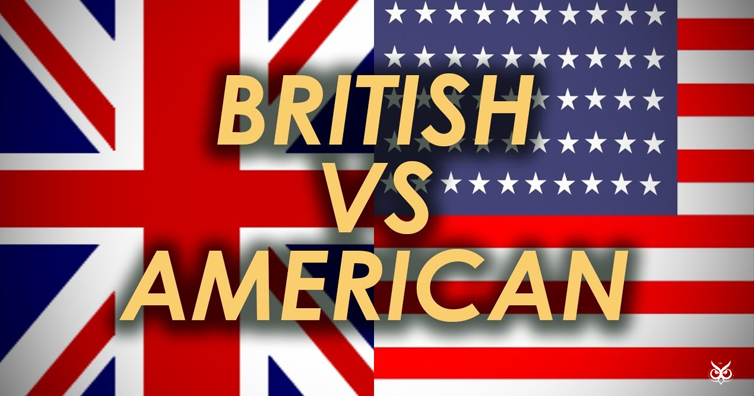Not long, just two and a half centuries ago, Americans and British had pretty much the same pronunciation. You see, at the time, American and British accents were yet to appear. So how did we end up with two accents so different from each other?
Contrary to popular belief, it’s the British accent that changed over the years, not the American. When both countries spoke with the same pronunciation, they were basically “rhotic” speakers. What are rhotic speakers? Well, rhotic speakers pronounce the “R” sound in such words as “car” and “park,” while non-rhotic speakers don’t. Today, however, non-rhotic speech is widely used throughout Britain. For example, most modern British people would tell you “cuh” or “pak” instead of “car” and “park”.
So, what happened? (the article continues after the ad)
The non-rhotic speech came into use during the American Revolution and it was firstly used by the upper class of England. According to “The Cambridge History of the English Language” (Cambridge University Press, 2001), this occured because people who have become rich during the Industrial Revolution were looking for ways to distinguish themselves from commoners. Simply said, the British accent spawned so people could demonstrate their upper class.
This lofty manner of speech developed gradually became standardized (who doesn’t want to mimic the rich afterall?) and it spread across Britain. However, people in the north of England, Scotland and Ireland have not followed the trend and largely maintained their traditional rhotic accents.
Most American accents have also remained rhotic, with some notable exceptions though: New York and Boston accents have become non-rhotic. According to Oxford, this is because these cities were “under the strongest influence by the British elite.”
If you like what you read, then you will definitely love this one: This Is Why British And Americans Spell Words Differently


Source: AELC Japan / YouTube
Photo: Pete Souza / The White House
Widget not in any sidebars





